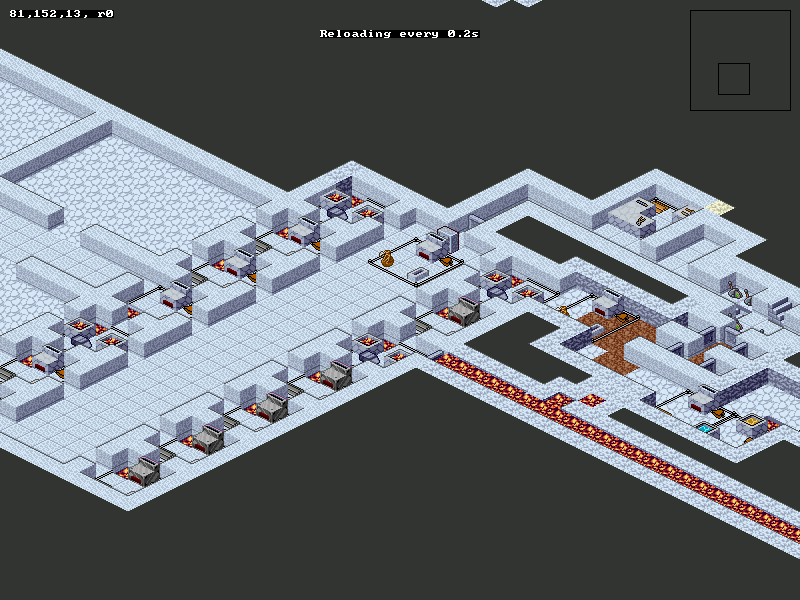
To remove a wall, open the designations menu and select n Remove Construction.

If there are multiple areas, then at least one must be at 1/7, and the dwarf may ignore those which were at 2/7 or greater, even if they subsequently drop to 1/7 or dry out entirely. If the area the dwarf needs to stand on is 2/7 when the wall is designated to be built, then the dwarf will try to build the wall by standing in the space the wall will occupy, and will never complete the work. When trying to build walls in damp conditions (such as when digging through an aquifer in a soil layer), you need to make sure that the area to be built on and the area the dwarf needs to stand on to build from are at 1/7 or 0/7 when you set the order to build the wall. When constructing a wall over an unwalkable tile (such as a tree top) any items stuck in the tile will be destroyed when the construction is completed.īuilding walls in damp conditions When constructing a wall over a walkable tile, the constructing dwarf will move any items in the tile prior to construction. Wait for your haulers to refill the stockpile, then build the next section of the project. After it fills up, build only as many constructions as there are items in the stockpile. A useful tip when building large projects is to first make a stockpile nearby, and only allow one type of material in it. When building walls, your builders will carry the material to the job site themselves. The labor required to perform the construction can be found under Other Jobs, Wall/Floor Construction. This can be particularly important when trying to maximize the value of a noble's room. By using stone, glass, wood, or metal blocks, higher-quality constructions can be built with increased value. As usual, the fortifications will block movement, but not liquids or small objects such as bolts. Unlike constructed fortifications, those created from walls retain an implied floor on the level above. It is also important to remember that you cannot build on top of a constructed floor, but you can build a wall on top of another constructed wall, even though the upper surface of a wall is otherwise indistinguishable from a constructed floor.Ĭonstructed walls cannot be engraved, but can be carved into fortifications ( designate - carve Fortifications). That means that the very last designation you make will be the very first thing your builders will work on next! Once you master this concept, it can be used to your advantage, but only if you can plan ahead. The important thing to remember is that all walls, floors, or anything built with the b- C keys are LIFO - "Last In, First Out". Diagonals cannot be built from, nor will they support constructions. Walls may be built on any square which does not already contain a structure, provided your dwarves can reach an adjacent square (this includes building a wall over empty air next to a floor, allowing for the construction of inverted pyramids). The keys u, m, k and h are used to change size.

To do this, use the build -> Construction -> wall command. These tasks are carried out by dwarves with the stone detailing labor activated.

Natural walls can be designated for smoothing and engraving to improve the appearance and value of the wall. These tasks are carried out by dwarves with the mining labor activated. As explained on the digging page, naturally occurring walls can be dug out using the designations dig command, or c hannel command.


 0 kommentar(er)
0 kommentar(er)
